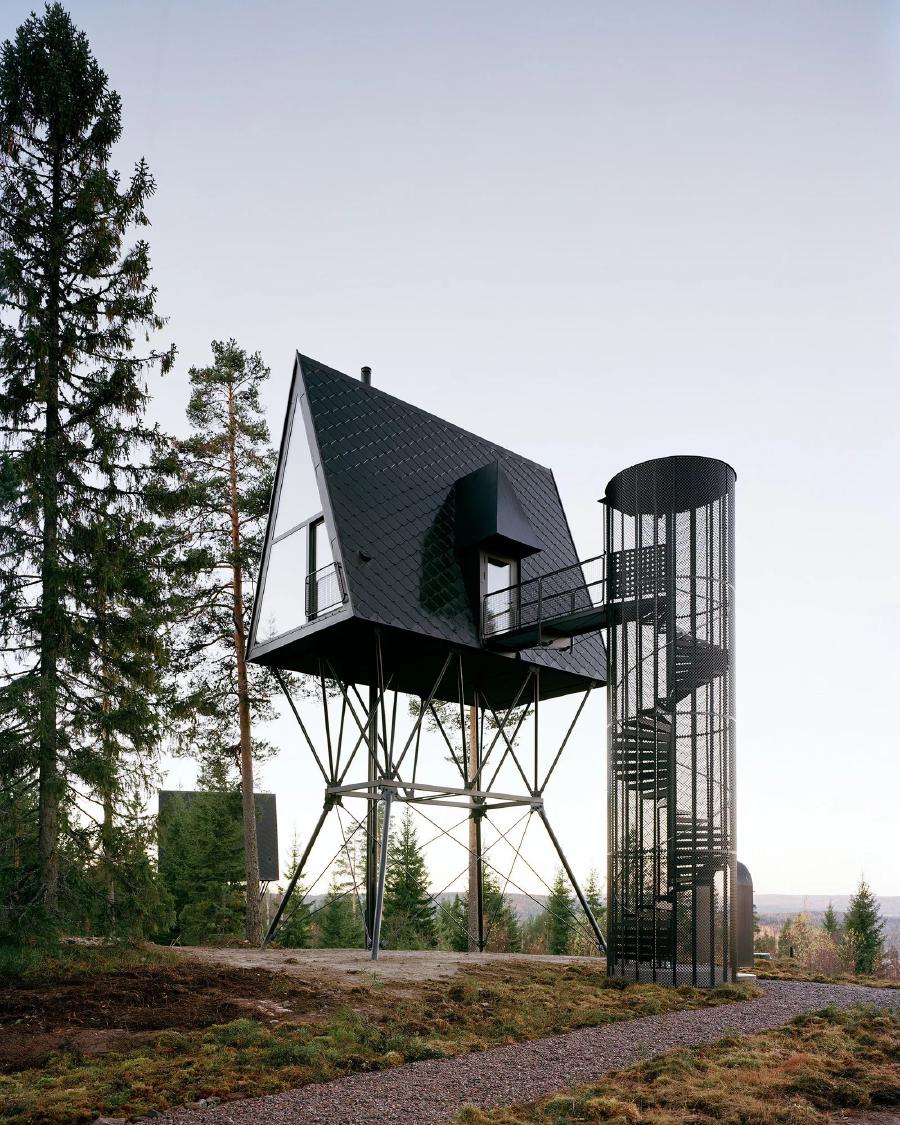In 1995, PHP, JavaScript, Java, Internet Explorer and mp3 appeared. A dozen people smelled gunpowder. In the same year, they assembled a group to work on standardizing software architecture called the IEEE Architecture Planning Group.
Some members of the group were preparing the ground for the upcoming standard. For example, in 1997 they published the book called “Software Architecture in Practice”. There was not enough practice in the book, but there was a definition of architecture:
The software architecture of a program or computing system is the structure or structures of the system, which comprise software components, the externally visible properties of those components, and the relationships among them.
That is, architecture is blueprints of the system. You don’t have to draw them, you can simply imagine them in your head.
Work on the standard proceeded slowly. Probably, one of the authors of the standard hoped that gunpowder would explode due to the change of millennia. In 2000, nothing exploded and the first international standard for software architecture was nevertheless adopted under the name IEEE 1471. It was truly international, 25 people wrote the standard, plus 130 people around the world reviewed it.
The definition of architecture in the standard was similar to the definition from Software Architecture in Practice, but it also had a positive thought about the evolution of systems:
Architecture is the fundamental organization of a system embodied in its components, their relationships to each other, and to the environment, and the principles guiding its design and evolution.
In 2007, IEEE 1471 was copied and called ISO/IEC/IEEE 42010. That is, they made the standard even more international, but due to bureaucracy in 2007, the definition of architecture remained from 2000.
The definition was significantly corrected only in 2011:
Architecture is the fundamental concepts or properties of a system in its environment embodied in its elements, relationships, and in the principles of its design and evolution
That is, they dropped the mention of components and focused on “properties and concepts of the system.” This is important because architects have finally begun to say goodbye to construction thinking.
To put it simply, a house before 2011 was a system consisting of a foundation, walls and a roof. A house in 2011 is a system into which rain does not flow from above, into which wind does not blow from the side, and there is something solid underneath on which you can lay a carpet. You can feel the difference in the possible home design options, don’t you?

(The next article is about alternative opinions of architects of the 2000s. Their opinions are still in use. After that we will move on to modern ideas about architecture…)
- Architecture: Roots
- Architecture: Inspiration
- Architecture: Buildings
- Architecture: Standardization
- Architecture: Informal Definitions
- Architecture: Modernity